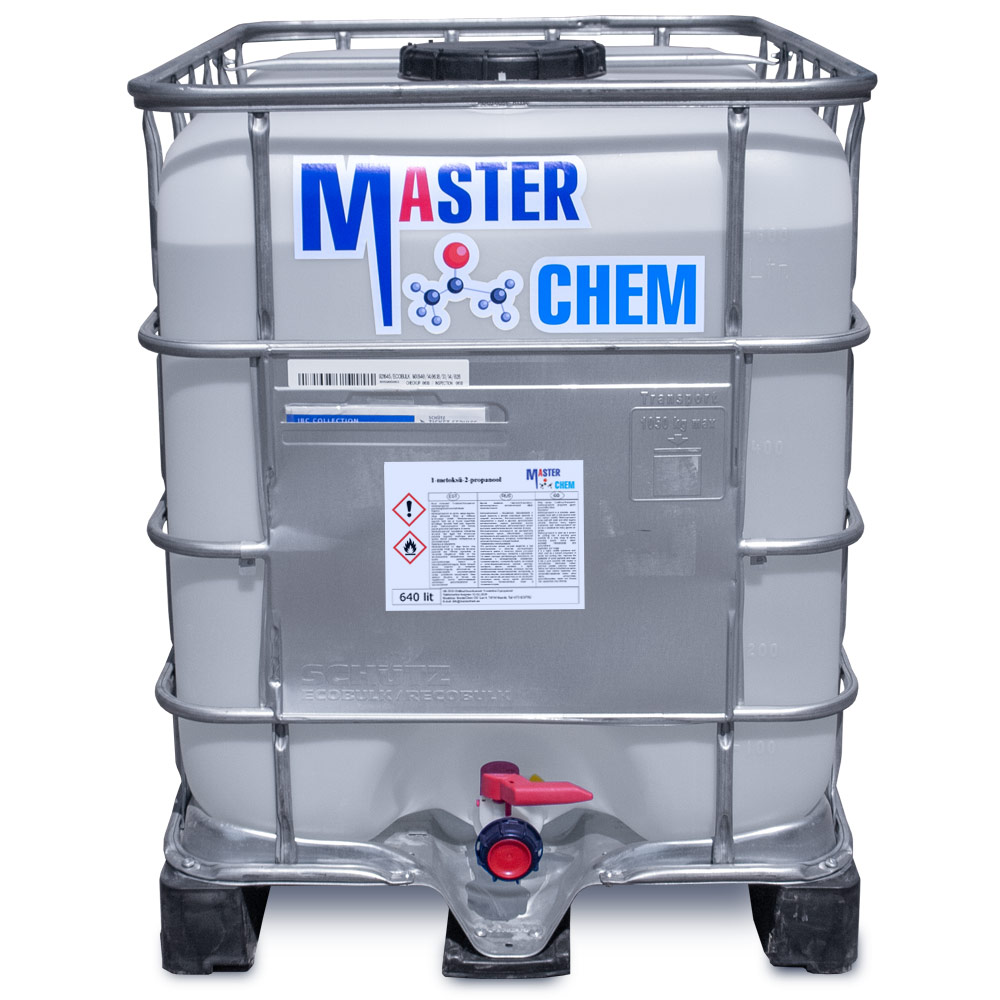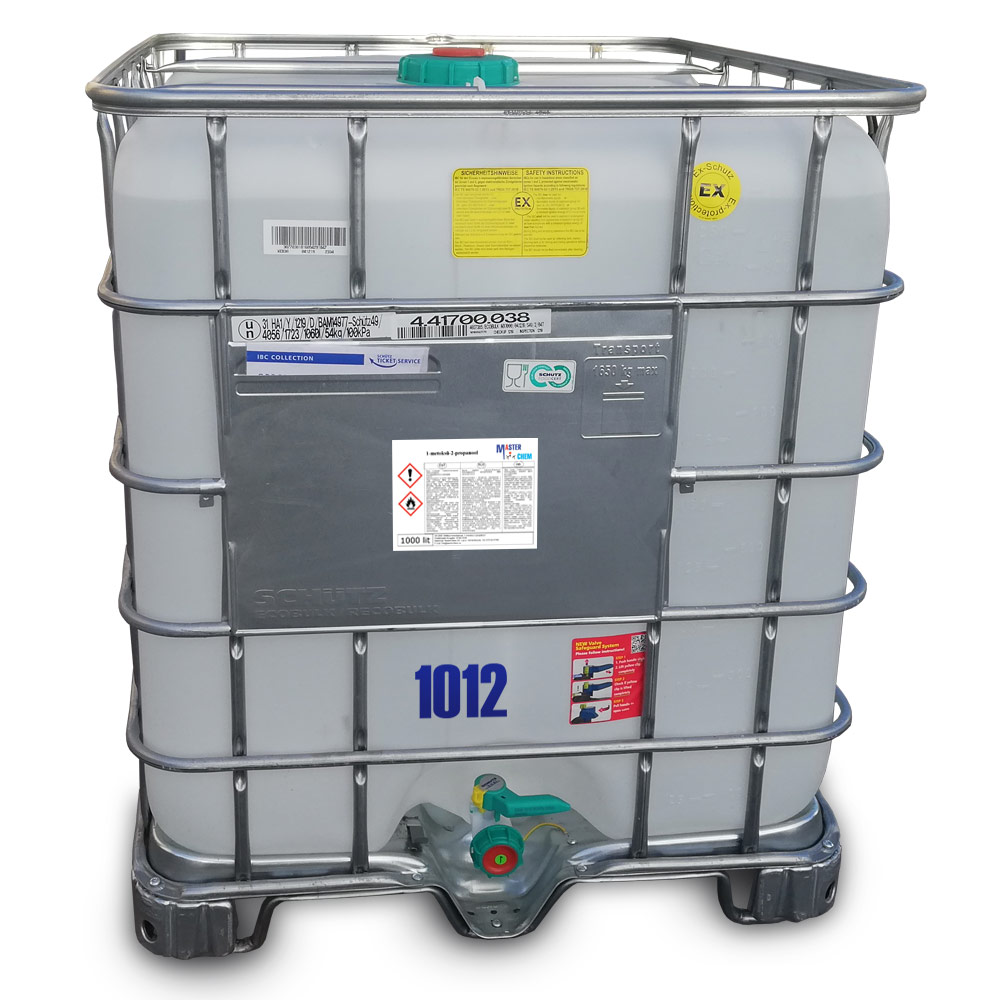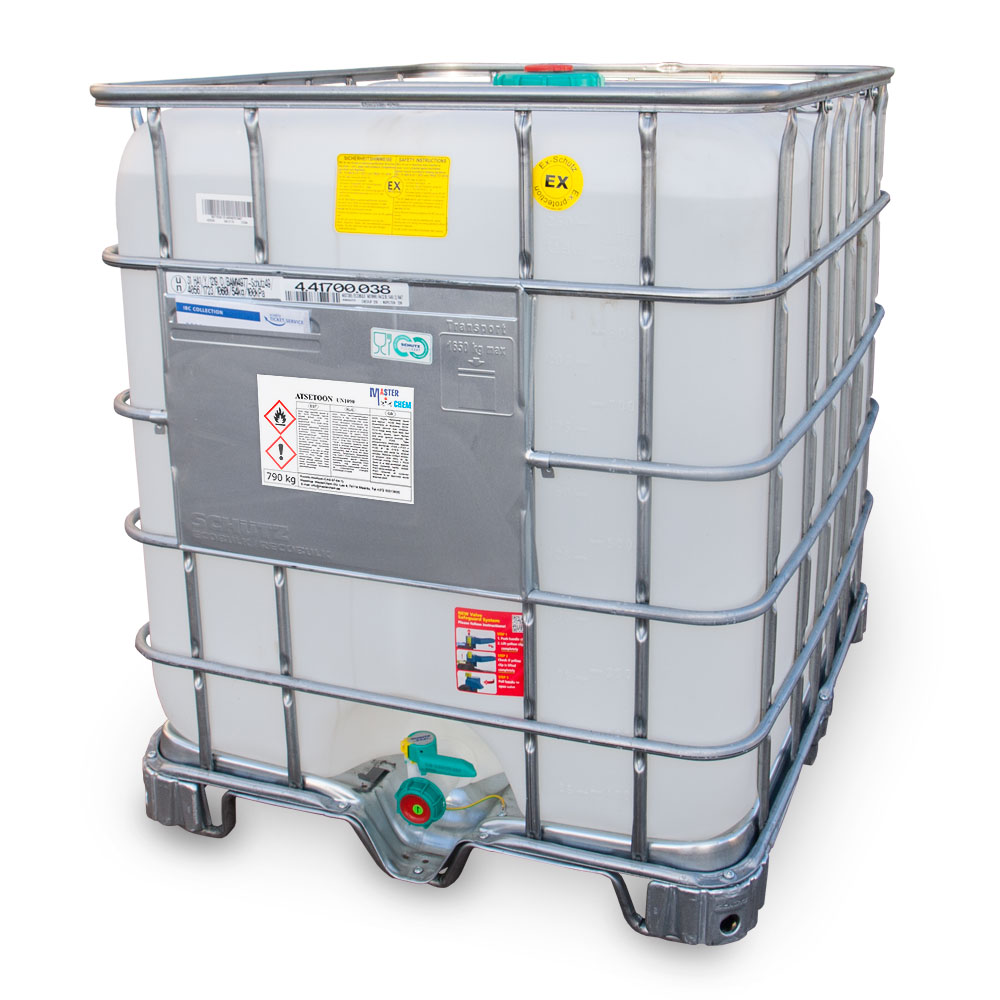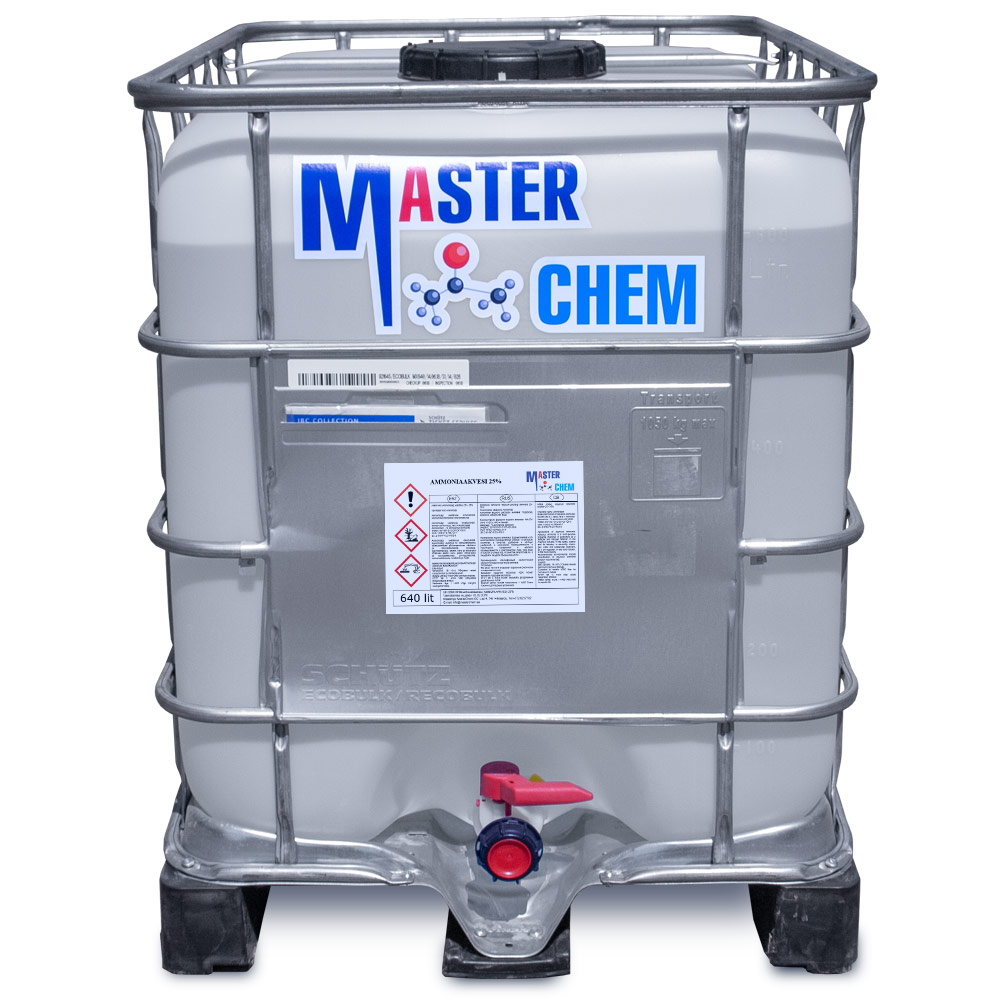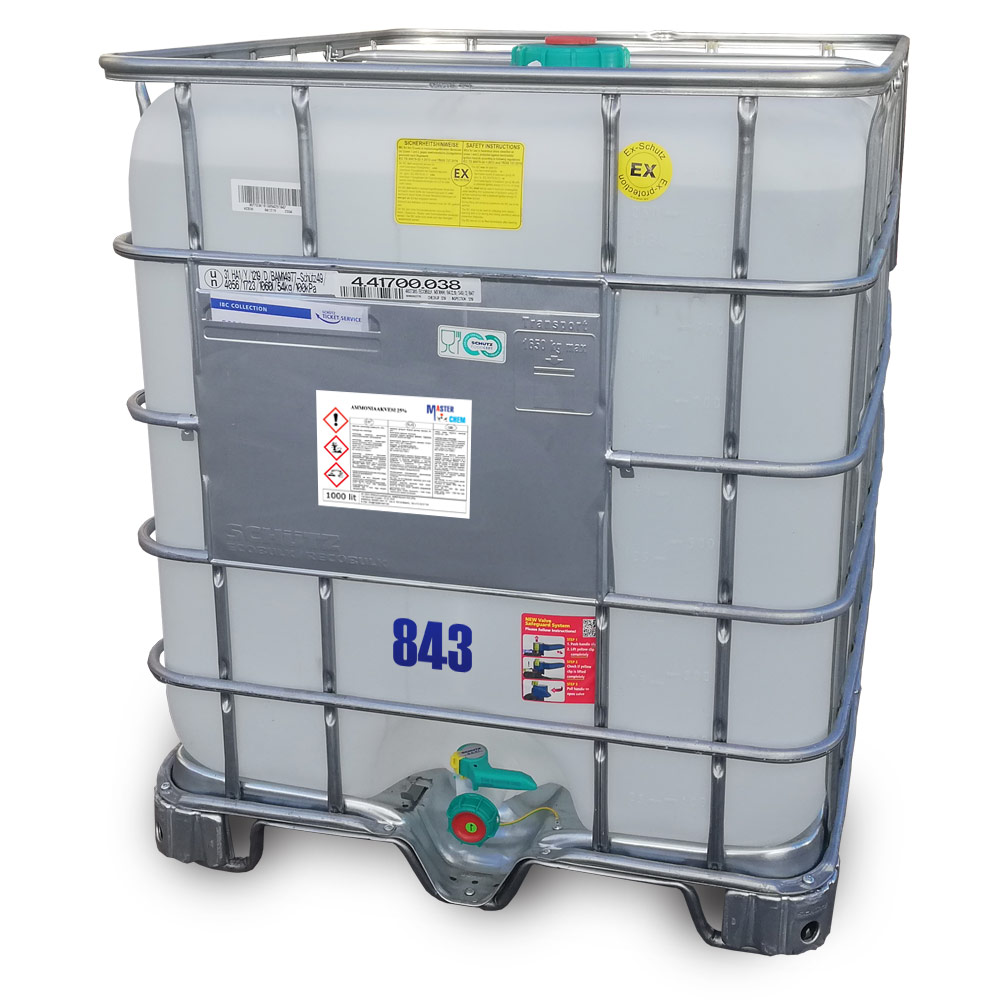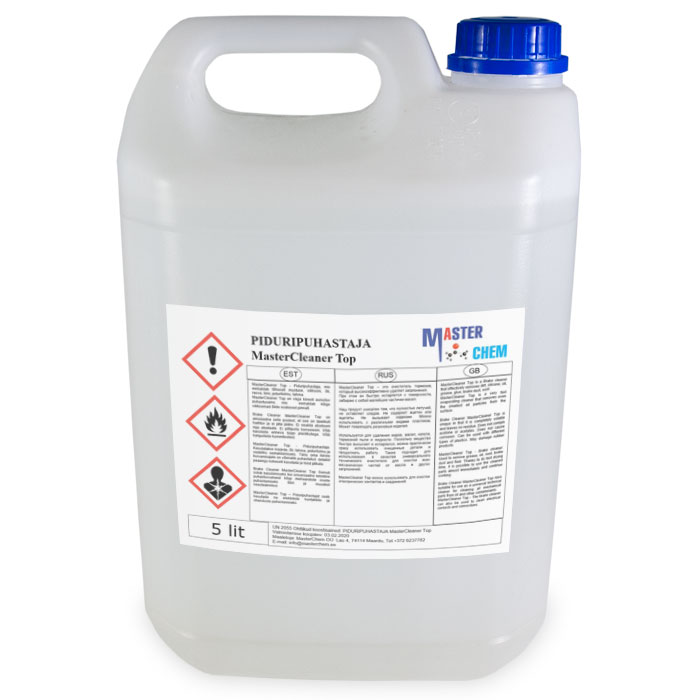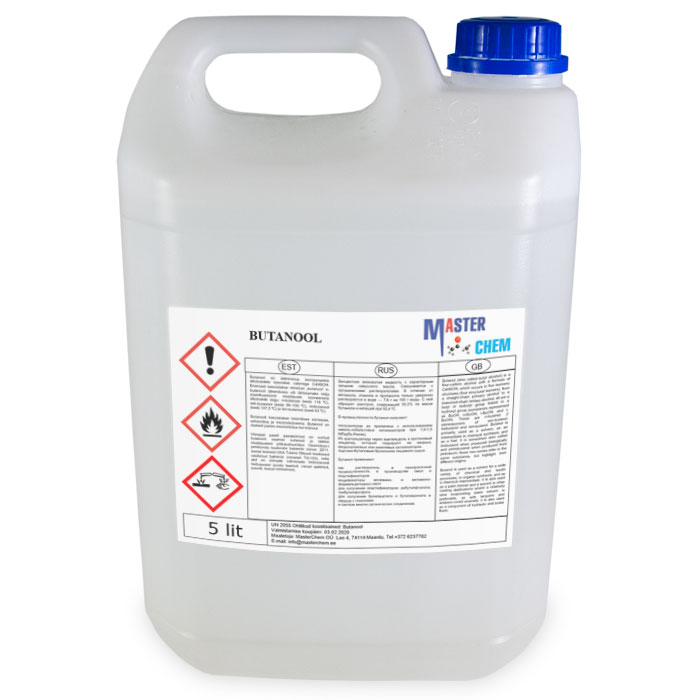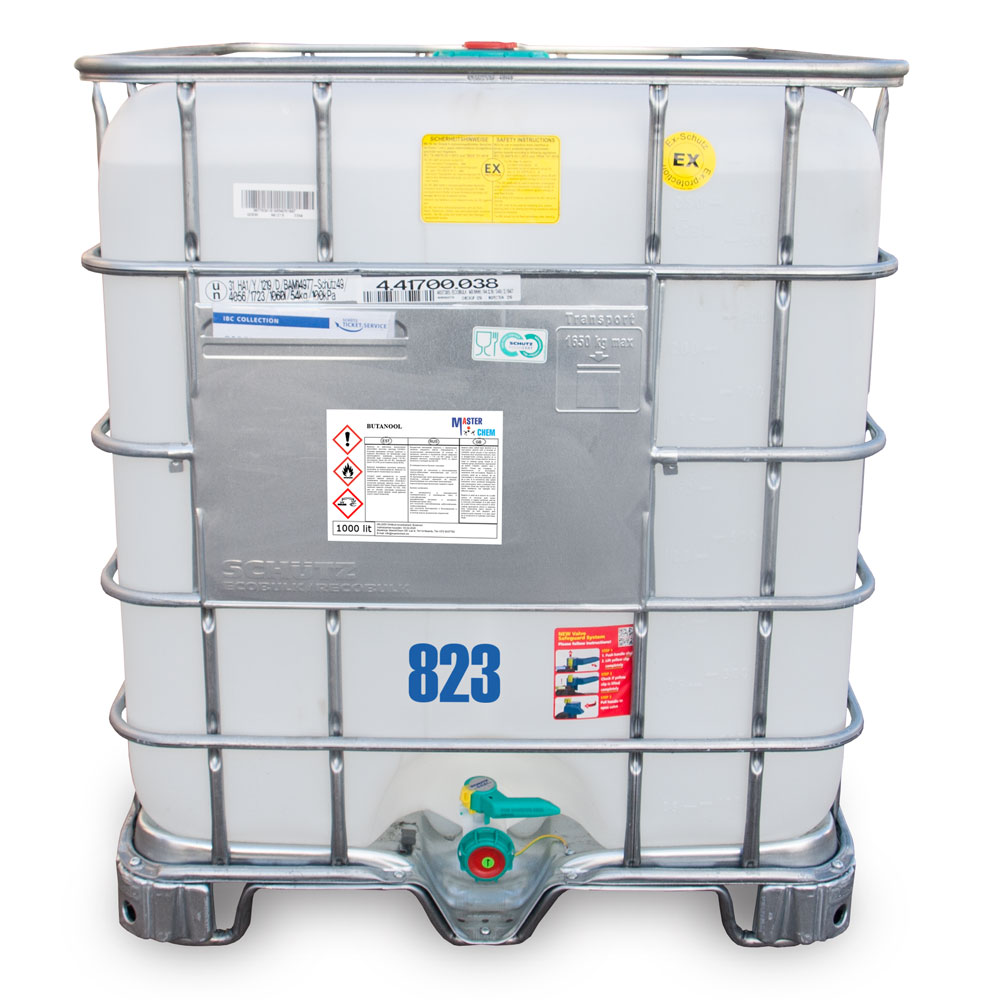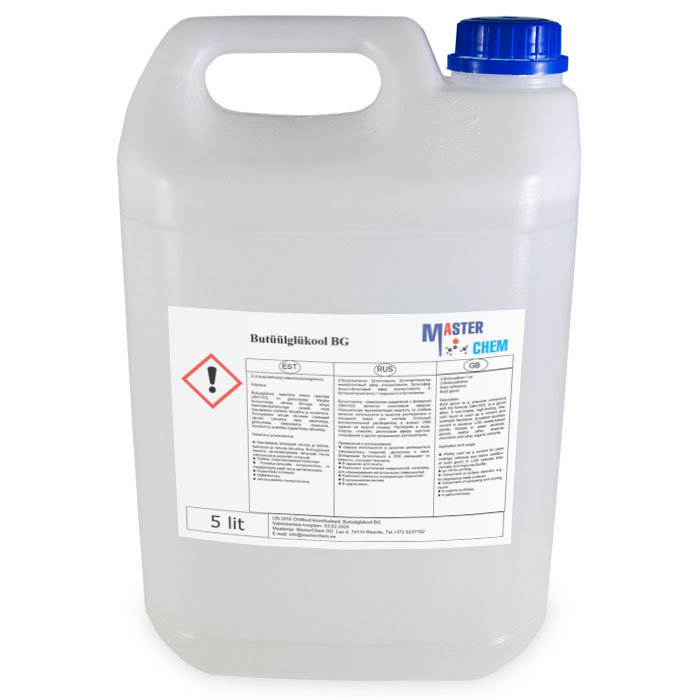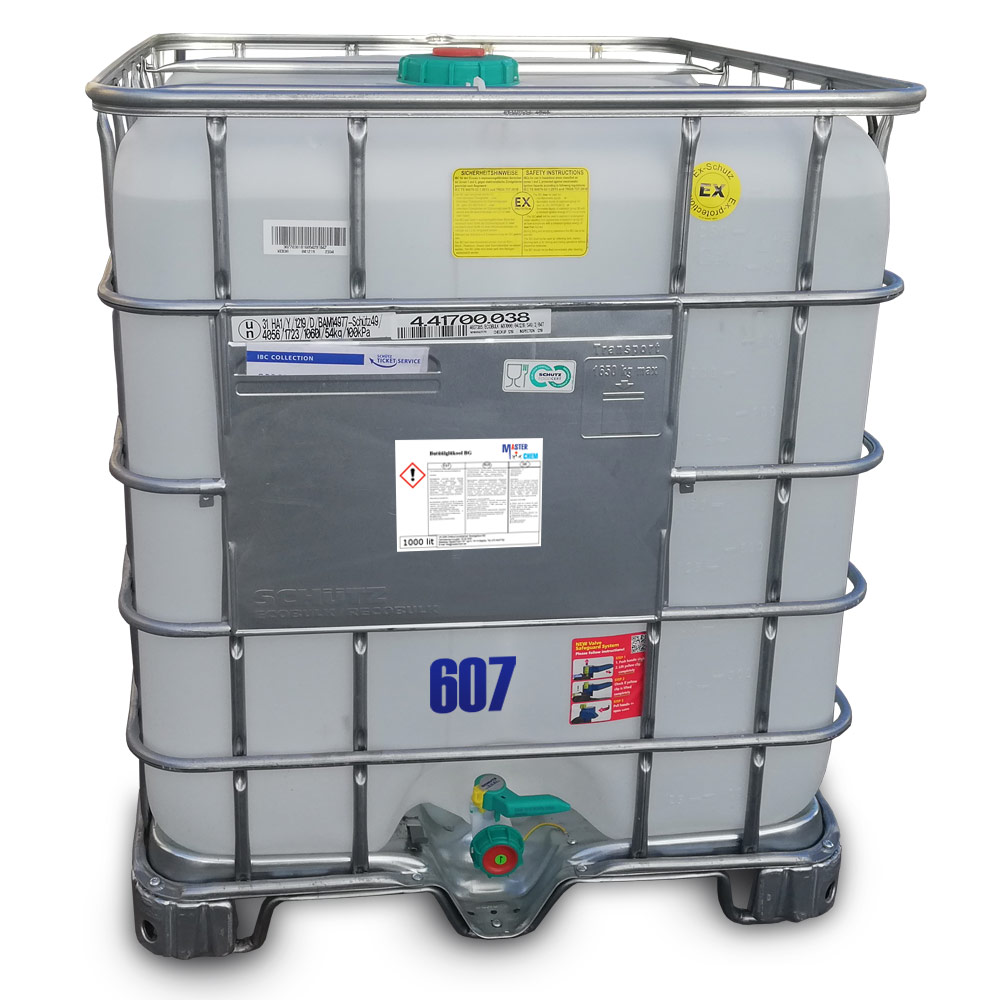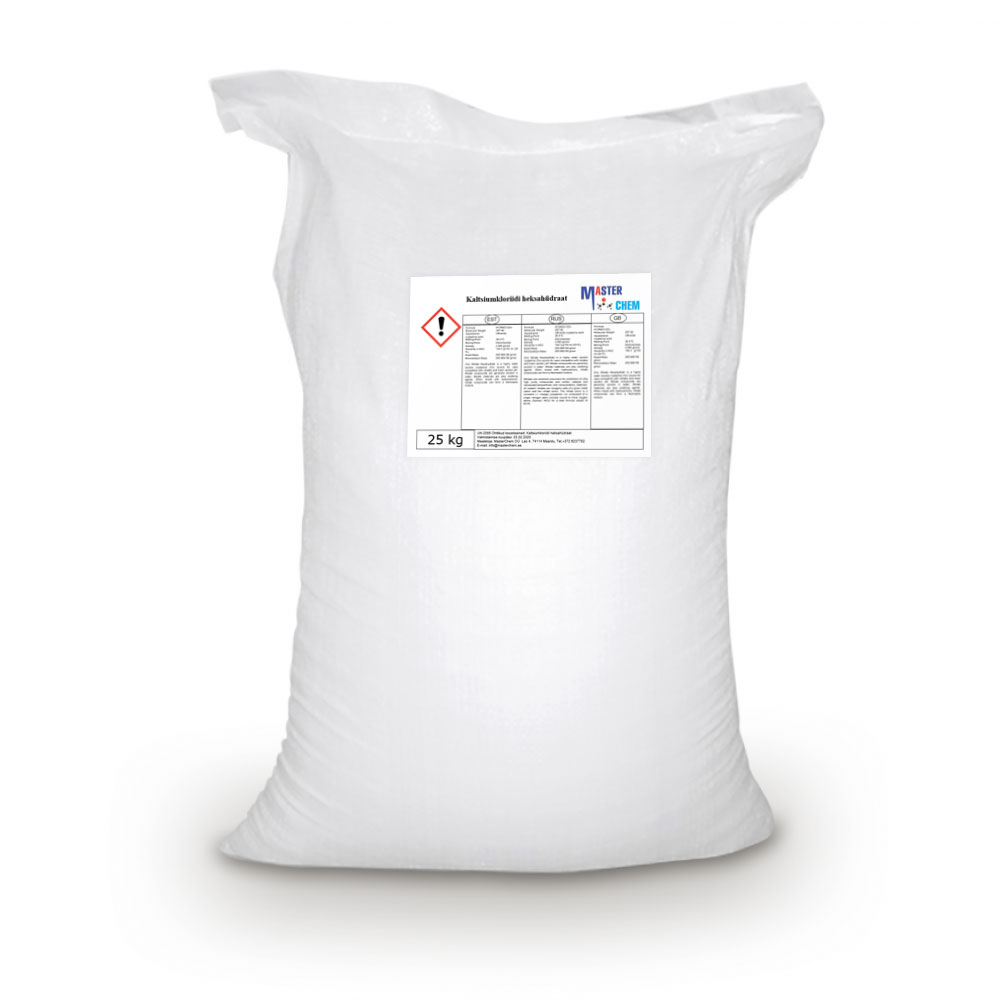Currently Empty: €0.00
1-Methoxy-2-propanol (CAS 107-98-2)
Other names: 1-methoxy-2-propanol, methoxypropanol, propylene glycol monomethyl ether
Description:
Methoxypropanol is a colorless, water-miscible liquid with a mild alcohol smell and medium volatility. Methoxypropanol mixes well with water and other organic solvents, dissolves many organic substances well, methoxypropanol can act as a substitute for many glycols (E-series).
Methoxypropanol is used as a solvent for printing inks: it provides good solubility for a wide range of resins, including acrylic, epoxy, alkyd, polyester, nitrocellulose and polyurethane.
CAS: 107-98-2
Ammonia water 25% (CAS 7664-41-7)
Ammonia water Application: multi-purpose industrial chemical (incl. Hydrometallurgy, thermal energy, etc.)
Ammonia water storage: Store in a cool, dry, well-ventilated room or outdoors in closed stainless or carbon steel, polyethylene or polypropylene containers, away from homes and workplaces, away from unauthorized persons. Storage rooms must meet the requirements for storage rooms for flammable liquids. Containers must be provided with a vent. Bottles must not be filled to the brim, the concentrated solution may cause pressure. Store away from incompatible materials (acids, organic substances, some metals and their salts)
CAS: 7664-41-7
Ammonium molybdate (CAS 13106-76-8)
Ammonium molybdate tetrahydrate (AMT) is a molybdenum salt. Study of its extraction from nickel-molybdenum (Ni–Mo) ore by direct hydrometallurgical method has been reported. Its degradation by combustion to form elemental molybdenum powder using metallic reducers has been investigated.
Borax (CAS 12179-04-3)
Borax (CAS 12179-04-3)
Borax, also known as sodium borate, sodium tetraborate, or disodium tetraborate, is an important boron compound, a mineral, and a salt of boric acid. Powdered borax is white, consisting of soft colorless crystals that dissolve in water. A number of closely related minerals or chemical compounds that differ in their crystal water content are referred to as borax, and the word is usually used to refer to the octahydrate. Commercially sold borax is partially dehydrated.
Borax is a component of many detergents, cosmetics, and enamel glazes. It is used to make buffer solutions in biochemistry, as a fire retardant, as an anti-fungal compound, in the manufacture of fiberglass, as a flux in metallurgy, neutron-capture shields for radioactive sources, a texturing agent in cooking, as a cross-linking agent in Slime, as an alkali in photographic developers, as a precursor for other boron compounds, and along with its inverse, boric acid, is useful as an insecticide.
In artisanal gold mining, borax is sometimes used as part of a process (as a flux) meant to eliminate the need for toxic mercury in the gold extraction process, although it cannot directly replace mercury. Borax was reportedly used by gold miners in parts of the Philippines in the 1900s.
Borax was first discovered in dry lake beds in Tibet and was imported via the Silk Road to the Arabian Peninsula in the 8th century AD. Borax first came into common use in the late 19th century when Francis Marion Smith’s Pacific Coast Borax Company began to market and popularize a large variety of applications under the 20 Mule Team Borax trademark, named for the method by which borax was originally hauled out of the California and Nevada deserts.
Brake cleaner MasterCleaner Top
MasterCleaner Top Is a Brake cleaner that effectively removes dirt, silicone, oil, grease, glue, brake dust, soot.
MasterCleaner Top is a very fast evaporating cleaner that removes even the smallest oil particles from the surface.
Brake Cleaner MasterCleaner Top is unique in that it is completely volatile and leaves no residue. Does not contain acetone or acetates. Does not cause corrosion. Can be used with different types of plastics. May damage rubber products.
MasterCleaner Top – Brake cleaner: Used to remove grease, oil, soot, brake dust and fluid. Thanks to its fast drying time, it is possible to use the cleaned parts almost immediately and continue working.
Brake Cleaner MasterCleaner Top Also suitable for use as a universal technical cleaner for cleaning all mechanical parts from oil and other contaminants.
MasterCleaner Top – The brake cleaner can also be used to clean electrical contacts and connections.
Butanol (CAS 71-36-3)
Other names: butanol, butyl alcohol
Description:
Butanol (butyl alcohol) is a slightly oily liquid. Without color and with a bright well-expressed smell of fusel oil. It is mixed with other organic solvents. Unlike other alcohols, it is slightly soluble in water (7.6 g/100 g)
Application and usage:
The unique molecular formula, physical properties, and chemical properties of this compound determine the breadth of its use in a variety of tasks in the pharmaceutical, light, chemical and other industries. In different directions, different isomers of butanol are involved (primary, secondary and tertiary butyl alcohols, normal isobutanol). Primary butanol is used to dissolve paint products (lacquers, paints, drying oils), alkaloids, resins, plasticizers, rubbers and vegetable oils. With its participation, dibutylbenzene-1,2-dicarbonate, tributyl ether of phosphoric acid, butyl acetate and butyl ether of acrylic acid are created. Also, its use is advisable in the creation of artificial leather, textiles, durable glass, resistant to impact, photographic films and perfumes.
CAS: 71-36-3
Butyl glycol BG (CAS 111-76-2)
2-Butoxyethan-1-ol, 2-Butoxyethanol, Butyl cellosolve, Butyl glycol, Butyl monoether glycol, EGBE (ethylene glycol monobutyl ether), Dowanol EB, Bane-Clene, Eastman EB solvent, BH-33, industrial cleaner, Solvaset, 2-BE, EGMBE, Butyl oxitol, Ektasolve, Jeffersol EB
Description:
Butyl glycol is a chemical compound with the formula C6H14O2, is a glycol ether. A low-volatile, high-boiling, low-odor liquid is used as a solvent and synthesis feedstock. Excellent auxiliary solvent in aqueous LCM (water-based paints). Soluble in water, alcohols, glycols, diethyl ether, acetone, chloroform and other organic solvents.
Calcium chloride (CAS 10043-52-4)
Calcium chloride (CAS 10043-52-4)
Calcium chloride is an inorganic compound, a salt with the chemical formula CaCl2. It is a white coloured crystalline solid at room temperature, and it is highly soluble in water. It can be created by neutralising hydrochloric acid with calcium hydroxide.
Calcium chloride is commonly encountered as a hydrated solid with generic formula CaCl2(H2O)x, where x = 0, 1, 2, 4, and 6. These compounds are mainly used for de-icing and dust control. Because the anhydrous salt is hygroscopic, it is used as a desiccant.
Calcium chloride hexahydrate (CAS 7774-34-7)
Information Industries: Household chemicals, Fertilizers, Horticulture, Pharmaceutical industry, Building chemistry CAS number: 7774-34-7 WE number: 233-140-8 Chemical formula: CaCl2•6H2O Molar mass: 219,07 g/mol Customs tariff code: 28272000
Calcium Phosphate Monohydrate (CAS 7758-23-8)
Calcium Phosphate Monohydrate (CAS 7758-23-8)
Monocalcium phosphate is an inorganic compound with the chemical formula Ca(H2PO4)2 (“AMCP” or “CMP-A” for anhydrous monocalcium phosphate). It is commonly found as the monohydrate (“MCP” or “MCP-M”), Ca(H2PO4)2·H2O. Both salts are colourless solids. They are used mainly as superphosphate fertilizers and are also popular leavening agents.
Other names
Acid calcium phosphate
Calcium acid phosphate
Calcium diorthophosphate
Calcium biphosphate
Calcium superphosphate
Monobasic calcium phosphate
Monocalcium orthophosphate
Phosphoric acid, calcium salt (2:1)
Chloroform (CAS 67-66-3)
Chloroform, or trichloromethane (often abbreviated as TCM), is an organic compound with the formula CHCl3 and a common solvent. It is a very volatile, colorless, strong-smelling, dense liquid produced on a large scale as a precursor to refrigerants and in turn, PTFE. Chloroform is a trihalomethane that serves as a powerful anesthetic, euphoriant, anxiolytic, and sedative when inhaled or ingested. Chloroform was used as an anesthetic between the 19th century and the first half of the 20th century. It is miscible with many solvents but it is only very slightly soluble in water (only 8 g/L at 20 °C).

